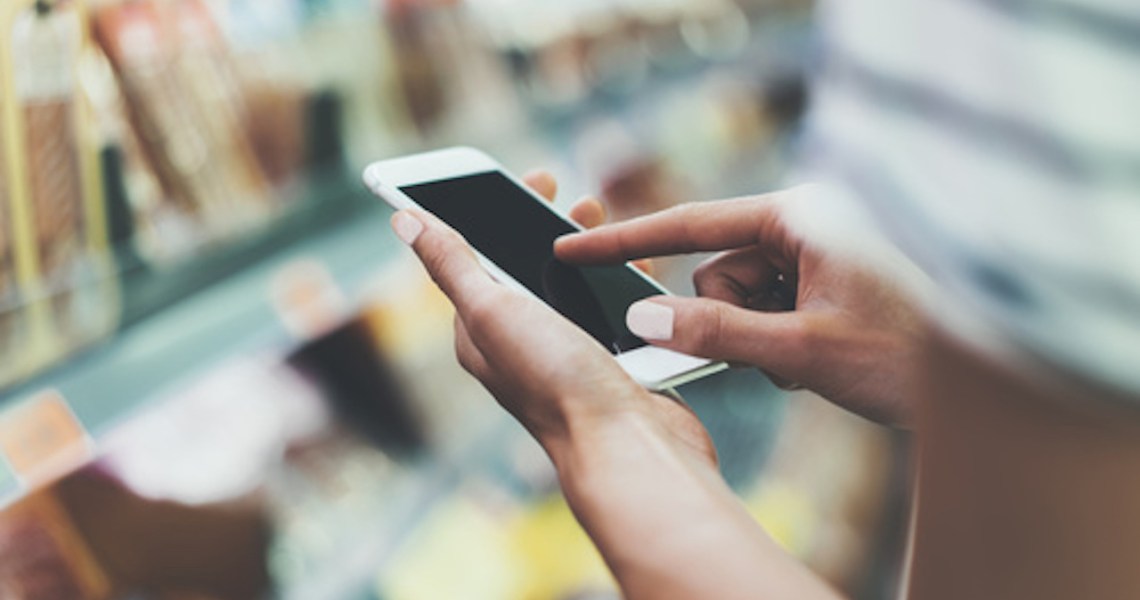Wherever there are advertisers, online fraud follows. According to the Center for Strategic and International Studies (CSIS) and McAfee, cybercrime costs the global economy as much as $600 billion, which translates into 0.8 percent of total global GDP in 2017.
As an industry that has a history of settling for vanity metrics, influencer marketing is particularly susceptible to fraud. Recently, CBS reported that influencer marketing suffered from $1.3B in fraud in 2019. More than half of influencers in the UK had engaged in some sort of fraudulent activity, according to a recent study. Let that sink in — that’s billions wasted on false measurement, in an industry in which brands are still ramping up spend. In some regions, finding reliable influencers has the same odds as flipping a coin.
To their credit, influencers themselves don’t have much choice. Considering that the go-to metric is “engagement” and the next is “follower count,” influencers live in the same environment as cyclists do in the Tour de France. In effect, they have no way to truly compete unless they use outside tools to enhance their performance, because so many others are doing it.
And brands have taken note. Early anti-fraud solutions focused on “audience health,” a metric that attempted to estimate the percentage of fake followers based on the influencer’s profile growth and suspicious follower traits. But that’s akin to testing athletes for performance-enhancing drugs weeks before a competition, instead of immediately after. The problem is that fraud happens once a campaign is live and the pressure to perform is high. Other tools and perspectives around fraud are needed.
In response, we at HYPR have developed a comprehensive anti-fraud suite to tackle these sources of Instagram fraud. Critically, we’ve identified four ways that brands must identify fraud as it happens:
– Audience health score: Detect unusual jumps in follower counts over time as well as other signals of fraud or inactivity to produce a score. This can be used as a comparison metric between influencers.
– Brand safety evaluation: Review an influencer’s historical posts using image recognition and natural language processing to identify racism, nudity and other controversial content.
Ad position: web_incontent_pos1
– Like-for-like circle detector: Identify other influencers who engage predictably with a central influencer to identify “pods” of influencers liking each other’s posts fraudulently.
– Live post anti-fraud detector: Track fraud in live posts using a simple graph, which helps identify suspicious activity if there’s a sudden and unexplained spike in engagement.
Brands planning to maintain or increase their investments in influencer marketing should research similar tools to identify fraud while and after it happens, from a variety of angles.
Identifying influencer fraud is only half the battle for influencer marketers to future-proof their programs. You also need to identify KPIs for success — and this is amidst the changing landscape of metrics available, such as when Instagram widely removed “likes” earlier this winter.
SMV is the first step for a revolution in influencer measurement
To prove the value of an influencer marketing program, brands must dig deeper than vanity metrics, i.e. views, likes or follower counts, to understand the real engagement and value they earn. People can “like” a post for many reasons: because they actually love it, because they intend to buy something in it , because they want to say hi to their mom online, because they’ve been paid to like it or even because of an accidental double tap. So what does it mean for brands to amass likes without more context? In truth, nothing.
Social media value is a metric that considers the actual value you earn for sponsored content. Inspired by earned media value, or EMV, social media value calculates the value of a campaign or post according to what you would have paid in paid media for the same engagement. It considers likes, video views, subscribers/followers, comments and more.
Ad position: web_incontent_pos2
SMV also takes into consideration the exact platform — for example, YouTube subscribers don’t have the same value as Instagram followers — and even the industry that you’re in. It’s based on a wide library of real-time data points, by analyzing what consumer brands are spending and earning on social.
HYPR now offers SMV: a straightforward, simple benchmark to compare your campaigns apples-to-apples against each other, or even compare individual influencers within a campaign. The metric gives you a sense of your standing against competitors, and proves the ROI of your investment.
By measuring SMV for campaigns and using tools to monitor live fraud, brands can continue to see amazing results from influencer marketing well into the future.


